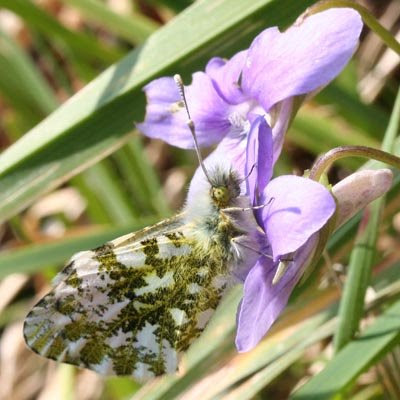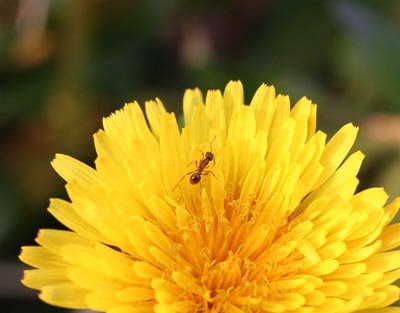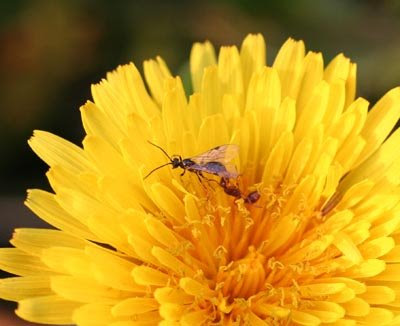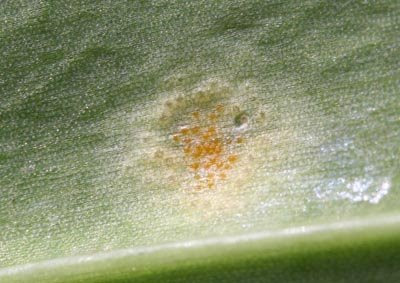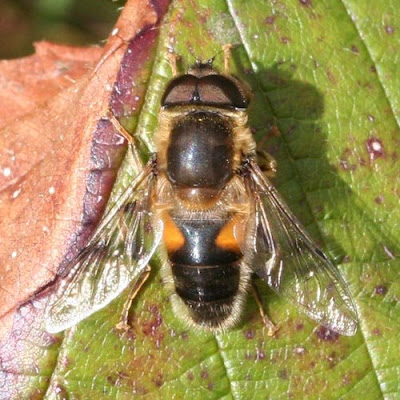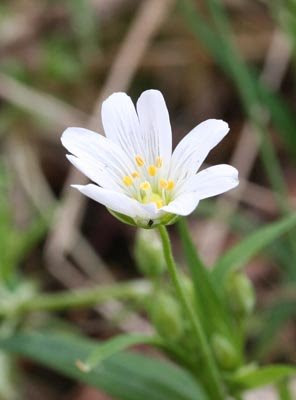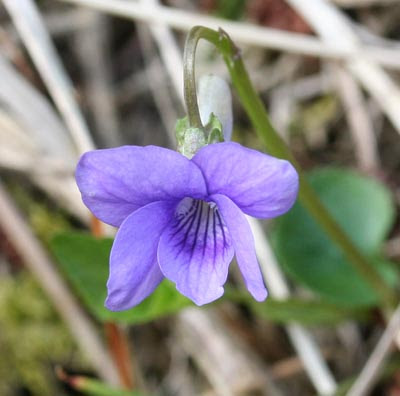 This specimen was flying along the vertical earth bank looking for Andrena nests. They fly facing the bank and move sideways as they search. This behaviour can be seen for only 4 weeks of the year. Shot was manual focus!
This specimen was flying along the vertical earth bank looking for Andrena nests. They fly facing the bank and move sideways as they search. This behaviour can be seen for only 4 weeks of the year. Shot was manual focus!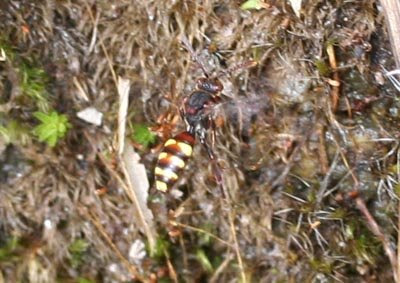
This is an Andrena, but not the one parasitised by the above Nomada. Andrena haemorrhoa, about 15 mm long:


Smaller hoverflies are making an appearance at last. This is a male Melanostoma scalare:
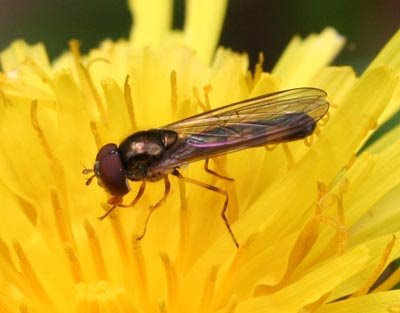
The larger Eristalis pertinax has been around for a couple of weeks. This is a female:


A single Speckled Wood was the first of the year for me. I also saw one Orange tip male and a Green-veined White, both of which I showed the other day.

St. Marks Flies are so-called because they usually start to appear around St. Marks day - April 25th. They're usually pretty accurate.
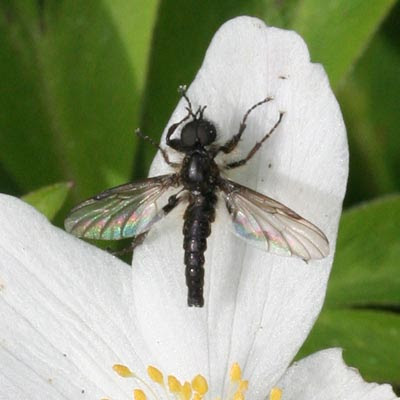
I have never found a convincing identification for this one, but it should be Bibio marci.






